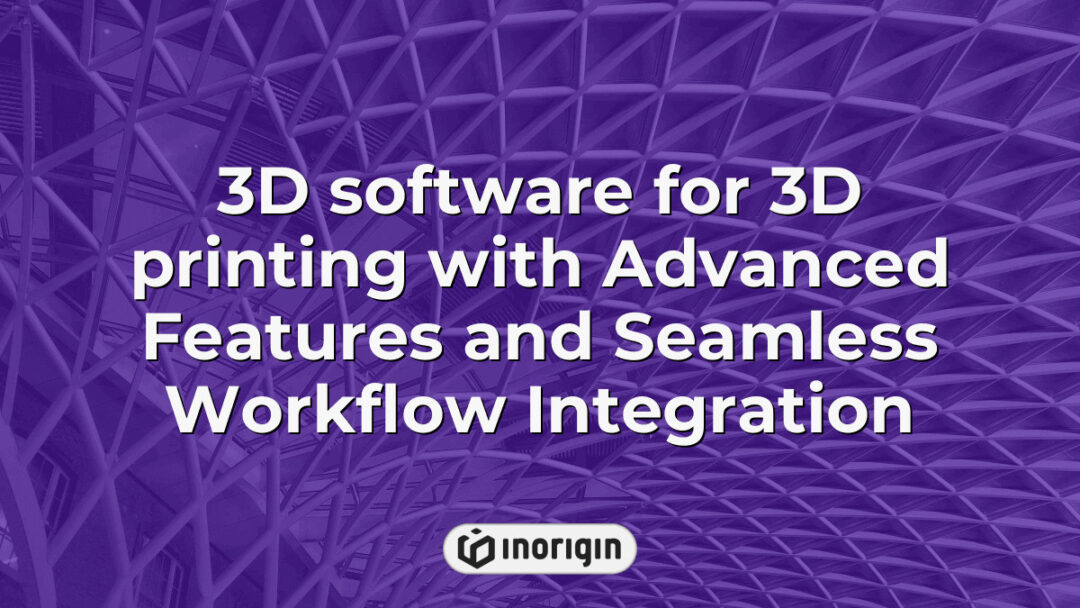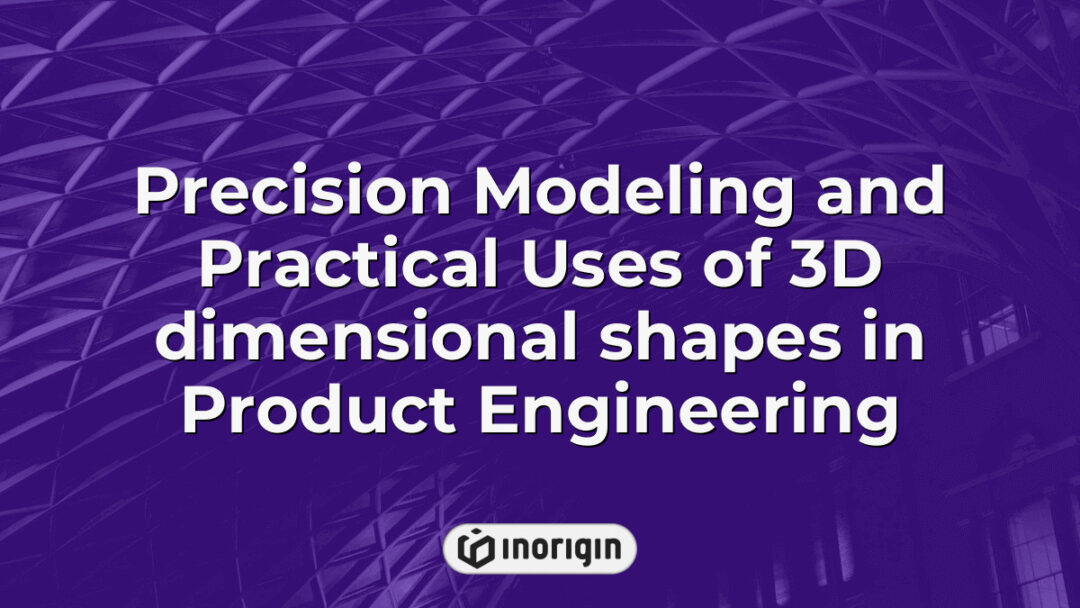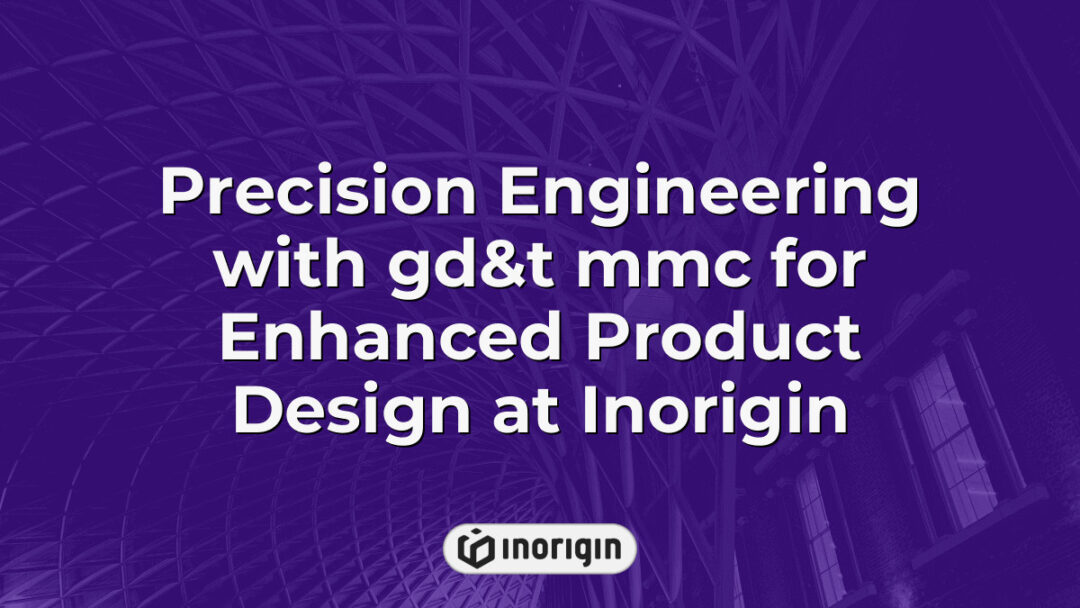In the realm of digital craftsmanship, where imagination transcends the confines of reality, the advent of 3D software for 3D printing emerges as a transformative artisan’s toolkit, akin to a modern-day alchemist’s laboratory. Just as ancient magicians sought to transmute base metals into gold, contemporary designers harness the power of intricate algorithms and user-friendly interfaces to conjure tangible objects from the ether of creativity. This synergy between software and hardware breathes life into the abstract, empowering a diverse spectrum of creators—from engineers to artists—to forge unique creations that reflect both precision and personal expression. Thus, an exploration of the various 3D software options reveals not only technical capabilities but also the profound impact these tools have in shaping the future of production and design in an increasingly digital world.
| Aspect | Key Takeaway |
|---|---|
| Focus on 3D Software for 3D Printing | Choosing the right 3D software for 3D printing is critical for precise design and optimal print outcomes in professional product development. |
| Software Compatibility | Effective 3D printing software supports multiple file formats like STL, OBJ, and AMF, ensuring seamless integration with various design workflows. |
| User Interface & Experience | An intuitive and customizable interface enhances productivity for users ranging from engineers to product designers, reducing the learning curve. |
| Slicing and Model Preparation | Advanced slicing features and precise preparation of 3D models directly impact print accuracy and surface finish in rapid prototyping and production. |
| Free vs. Paid Software | While free software offers fundamental tools suitable for initial design phases, paid options provide advanced capabilities and professional support for complex engineering tasks. |
| Hardware and Software Integration | Aligning 3D printing software with compatible printers and materials ensures efficient workflows and superior end-product performance. |
| Troubleshooting & Support | Structured troubleshooting and access to expert communities improve issue resolution, elevating the quality and reliability of printed products. |
Overview of Popular 3D Modeling Software for 3D Printing
In the ever-evolving field of 3D software for 3D printing, various options provide unique approaches to 3D modeling and design. Consider the experience of an engineer tasked with creating a prototype for an innovative aerospace component; the choice of design software often becomes a critical factor in the efficiency and accuracy of the project. Popular 3D modeling software—such as Autodesk Fusion 360 and SolidWorks—offers robust capabilities, including parametric modeling and simulation tools, which greatly enhance the design process. Transitioning to simpler 3D CAD software platforms, options like Tinkercad or SketchUp cater to beginners, providing intuitive interfaces that lower the barrier to entry for users who may be overwhelmed by more advanced features. As such, the software selection can dramatically affect the development cycle, from initial design to final production. Each category of software—ranging from industrial-grade solutions to beginner-friendly tools—serves distinct needs, highlighting the diversity and adaptability present in 3D modeling for 3D printing. Ultimately, the landscape of 3D design software reflects a multifaceted offering tailored for a variety of users, illustrating the ongoing advancements and possibilities within this technological domain.
Features to Look for in 3D Printing Software
When assessing software suited for 3D printing, several features warrant serious scrutiny to ensure accurate designs and user satisfaction. First and foremost, compatibility with various file formats plays a critical role; the ability to import and export diverse file types, such as STL, OBJ, and AMF, greatly enhances flexibility. Secondly, intuitive user interfaces are not merely desirable but essential, facilitating a seamless experience for both novices and seasoned professionals alike. Thirdly, robust support for slicing processes, which convert 3D models into instructions for 3D printers, cannot be overlooked, as this significantly impacts print quality and efficiency.
To further unpack the essential features of 3D printing software, the following considerations emerge:
- File Compatibility
- The software must handle multiple file formats, including legacy and contemporary models.
- Users may benefit when software allows for direct imports from popular design platforms like SketchUp or Blender.
- Integration with cloud storage solutions could streamline workflows.
- User Interface
- A clean, clear dashboard aids in navigation and task management.
- Customizable settings enable individuals to tailor the workspace to their preferences.
- Tutorials or onboarding guides should be readily accessible to reduce the learning curve for newcomers.
- Slicing Features
- Advanced slicing algorithms optimise print time while maintaining product integrity.
- Options for adjusting layer heights can produce high-quality prints or rapid prototypes.
- Preview functionalities help users anticipate potential printing issues before commencement.
The significance of selecting appropriate 3D printing software cannot be overstated, as it heavily influences the efficiency and precision of 3D designs. This software landscape is expansive, and understanding which features align with project needs can lead to superior outcomes in 3D printing ventures. Thus, consideration of compatibility, usability, and slicing capabilities is instrumental in achieving successful print results. Each aspect contributes to the broader objective of enhancing user experience while ensuring that the designs produced are not only functional but also reflect high standards of accuracy.
Comparison of Free and Paid 3D Printing Software
In the ever-evolving field of 3D printing software, the distinction between free and paid options presents a labyrinth of choices that can confound even the seasoned user. Free software, like Blender, showcases an impressive array of features that cater to both novice and experienced designers, offering powerful sculpting, modelling, and animation tools without the financial burden. However, for those who seek more specialised functionalities, such as advanced simulation capabilities or tailored support, paid software like Autodesk Fusion 360 steps into the limelight, often justifying its cost through enhanced performance and streamlined workflows. It’s also essential to consider that the choice of slicers—software that converts 3D models into instructions for 3D printers—can significantly influence the end result; while many free slicers offer a basic level of efficiency, paid options frequently include advanced settings that permit greater control over print quality.
The implications of selecting between these software types are considerable, as the choice may affect not only the user’s immediate project but also long-term productivity and design capabilities. Free options may suffice for simpler tasks or for those simply exploring the medium, but when confronted with the demands of professional work or large-scale production, investing in sophisticated paid software can yield dividends in both quality and reliability. This comparative analysis elucidates the strengths and limitations of both categories, guiding users toward solutions that align with their specific requirements and ambitions in the realm of 3D printing. Each type bears its own merits and drawbacks, essential to consider when charting the future of one’s 3D design endeavors.
Step-by-Step Guide to Preparing a 3D Model for Printing
Preparing a 3D model for printing involves a meticulous process requiring careful consideration at each stage. First, it is crucial to select appropriate 3D software specifically tailored for 3D printing; options range from free alternatives to paid solutions, with each offering unique functionalities and varying levels of support. For instance, slicing software plays an essential role in transforming a digital model into a format ready for the printer, determining how the model is built layer by layer. Transitioning from model design to printing necessitates optimizing settings in 3D printer host software; Ultimaker Cura, for example, provides an intuitive interface that helps users streamline the setup process. Selecting the right material and adjusting temperature settings are paramount, influencing print quality. Furthermore, software tools often incorporate features that allow users to simulate the printing process, thereby preempting potential errors. The final steps involve exporting the sliced model and monitoring the actual print, ensuring that everything aligns with the initial design intentions. By thorough preparation and understanding of these elements, the likelihood of achieving a successful print significantly increases.
Troubleshooting Common Issues in 3D Printing Software
The process of troubleshooting common issues encountered in 3D printing software is multifaceted and demands a systematic approach. Initially, problems such as failed print jobs often stem from errors in 3D modelling, where inaccuracies in the model can lead to complications during slicing or printing. For instance, non-manifold edges or inverted normals can create significant challenges, manifesting as unexpected gaps or material misalignment in the final product. As the issues become more pronounced, the software used for 3D printing may highlight specific errors, yet not all users possess the experience necessary to interpret these diagnostics effectively. Transitioning thereafter, adapting to troubleshooting techniques entails a thorough understanding of available tools, often requiring engagement with community forums or dedicated troubleshooting manuals. Engaging in dialogue with other practitioners can yield insights; these exchanges frequently reveal common pitfalls, such as improper settings in the slicing software or misunderstood parameters that can drastically affect the outcome of a print. While the specific software may differ, the core principles of effective troubleshooting remain applicable across various platforms, thus establishing a more refined practice in both modelling and printing. Although a range of strategies exists, recognising the complexity involved in 3D printing software - and addressing common misunderstandings diligently - ultimately enhances the user experience and improves the quality of printed objects.
Frequently Asked Questions
What are the system requirements for running 3D printing software?
The system requirements for running 3D printing software encompass several crucial components that ensure optimal functionality and performance. Firstly, a capable processor enhances the speed and efficiency of rendering complex models; typically, a multi-core CPU, such as an Intel i5 or i7, or their AMD counterparts, is advisable. Secondly, sufficient RAM, generally recommended at a minimum of 8GB, facilitates smoother multitasking and model manipulation. Notably, a dedicated graphics card, like those from NVIDIA or AMD, significantly bolsters rendering capabilities, particularly for intricate designs. In addition to processing power, storage capacity also plays a role; a solid-state drive (SSD) often accelerates load times compared to a traditional hard disk drive (HDD). Furthermore, the operating system must align with the software’s compatibility requirements, whether it be a version of Windows, macOS, or Linux. Ultimately, adhering to these specifications not only enhances the user experience but also promotes the longevity of both hardware and software in the 3D printing process.
How do I choose the right 3D printer for my software?
Selecting the appropriate 3D printer that aligns with specific software requirements involves a multifaceted approach. Initially, compatibility between the printer and software must be evaluated, as this ensures seamless operation and the extraction of optimum performance from both. Subsequently, considerations about the intended application of the 3D printer come into play; whether it is for prototyping, manufacturing, or education can steer decisions towards particular models. Further, budgetary constraints and long-term operational costs influence selection processes significantly; while lower-cost models provide entry-level access, they may lack in quality or functionality when compared to higher-end alternatives, which often justify their price through advanced features and materials compatibility.
- Key considerations when choosing a 3D printer:
- Compatibility:
- Check software specifications and supported file formats.
- Assess the printer’s hardware capabilities (e.g., build size, nozzle type).
- Intended application:
- Determine primary use cases: prototypes, art, or industrial components.
- Evaluate the material types needed for projects (e.g., PLA, ABS, resin).
Ultimately, aligning printer selection with software capabilities and project requirements is fundamental. This ensures not only efficient workflows but also enhances the overall quality of output, which can significantly affect project timelines and budget adherence. Knowledge about the specifications and performance metrics of both the printer and software aids in making informed decisions that resonate with practical needs and future scalability.
What formats can I export my 3D models to for printing?
When considering the export formats suitable for 3D printing, the selection process can significantly impact the quality and feasibility of the final print, exemplified by a hypothetical case involving a design studio that specializes in custom figurines. In this scenario, the studio relies on three primary formats: STL, OBJ, and AMF, each offering distinct advantages and specific applications. To illustrate, STL (Stereolithography) remains the industry standard for 3D printing, primarily because it simplifies the process by representing the surface geometry of a 3D object. OBJ, on the other hand, caters to those needing to include colour and texture details, making it a preferred choice for more complex prints where aesthetics are crucial. Finally, AMF (Additive Manufacturing File) provides advanced features such as support for multiple materials and colours, effectively addressing the limitations of STL and OBJ for more sophisticated projects.
This diversity in export formats highlights the necessity for careful consideration of the end goals of a project and the capabilities of the chosen printer. For instance, a simplistic export to STL while utilizing a printer designed for AMF could result in losing the desired material characteristics, ultimately affecting the print’s integrity and visual appeal. As a result, a thorough understanding of the output requirements, printer specifications, and preferred modelling software can facilitate a smoother transition from digital design to tangible object. Adopting a strategic approach to format selection ensures the final print embodies the designer’s intent while achieving compatibility with various 3D printing technologies available in today’s market.
Conclusion
In conclusion, the advent of 3D modeling software has revolutionized the 3D printing landscape, presenting users with diverse options tailored to various needs. By ensuring compatibility, functionality, and usability, individuals can navigate the intricate process of model preparation, ultimately transforming digital concepts into tangible creations with precision and creativity.
Related posts:
- Cad Free Software Options for Precision Product Design and Engineering at Inorigin
- Drawing software free for professional product design and precision engineering
- Top Platforms and Strategies for Accessing Free 3D Printer Models in Professional Design
- Free 3D printing software options for precision product design and prototyping
- Comprehensive Resources and Licensing for Free 3D Models for Printing
- Comprehensive Resources and Tips for Accessing Free 3D Printer Files




